The Benefits Of Lawn Aeration: Useful Tips For Aerating Your Lawn
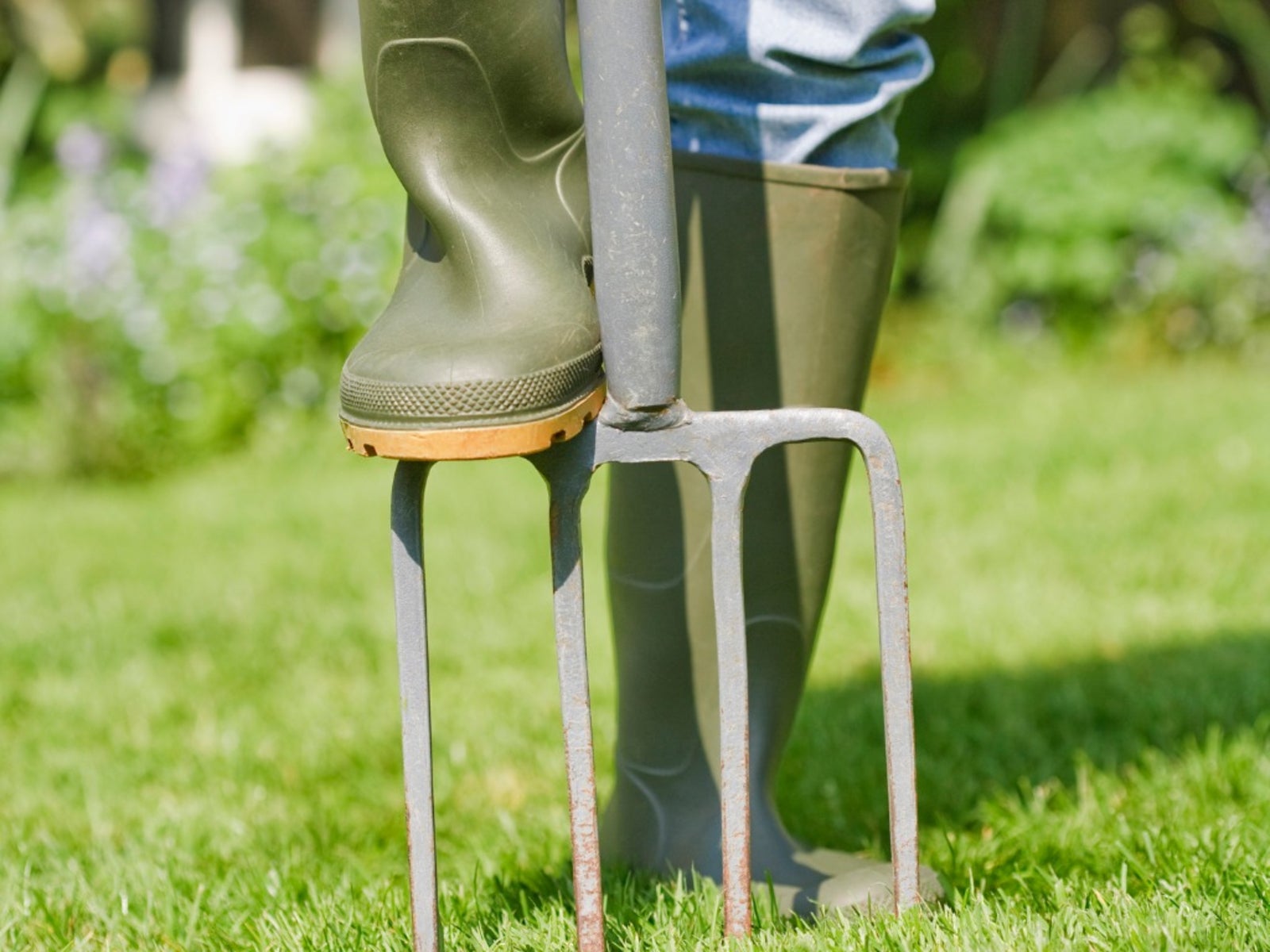

Green, trouble free lawns take work. The growth and replacement of blades of grass produces a thatch, which can cause trouble for the health of the lawn. Lawn aerating will help break through thatch and increase nutrient, water, and airflow to the roots of the turf. There are several aerating lawn tools on the market, which can help make this annual chore easy and even fun.
Benefits of Aerating Your Lawn
There are several benefits of lawn aeration. Lawns with a thick build up of thatch that is more than an inch (2.5 cm.) deep can suffer from disease and insect problems. This deep layer of old material harbors pests and disease pathogens, such as fungal spores. The thatch also minimizes the amount of nutrients and moisture that the roots need to grow. The benefits of aerating your lawn also include stimulating root growth by providing a more porous and easy to navigate soil texture. Lawn aerating is not always necessary annually on low thatch varieties of grass, but it cannot really hurt to increase the movement of water to the roots. Lawn aerating is also important for earthworm activities, as it loosens the soil so they can perform their important composting activities.
When is it Time for Aerating Your Lawn?
You should aerate a lawn when soils are moist. Spring is a great time to aerate a lawn made of warm season grass. This is when the grass is actively growing and it will recover quickly from the process. The cooler season lawn is better aerated in fall. If you are not sure if you need to aerate, simply dig a section of turf out that is at least 1 inch (2.5 cm.) square. If the brownish layer under the green, growing grass is an inch (2.5 cm.) or more, then it is time to aerate. You can also just stab a screwdriver into the sod. If it is difficult to bury the tool to the hilt, it is time to aerate.
Aerating Lawn Tools
You can aerate a lawn with many different tools. The most inexpensive way is with a pitchfork or spading fork. This tool is most useful for aerating smaller areas. Simply punch holes as deep as possible in the turf layer and then rock the fork to enlarge the holes. Repeat and overlap your path as you move through the lawn. More expensive aerating lawn tools, called coring machines, are also available. You can rent them and they make quick work of the job. Powered aerators rapidly punch holes in the sod and remove plugs, which are deposited on the surface of the lawn.
Lawn Aeration Steps
Water the sod well before you use any method of aeration or coring. Allow for four weeks of healing time before winter's cold or summer's hot fury. If you want to overseed, you should also wait four weeks. Then top dress the area with good quality soil and sow with seed that is appropriate for your area. Compress the area with a roller, which you can also rent. These are heavy wheeled tools, which compact the earth and ensure seed contact with soil. They can also help smooth bumpy lawns. Unfortunately, the process may also increase compaction again, requiring you to aerate the lawn again soon.
Gardening tips, videos, info and more delivered right to your inbox!
Sign up for the Gardening Know How newsletter today and receive a free copy of our e-book "How to Grow Delicious Tomatoes".

Bonnie Grant is a professional landscaper with a Certification in Urban Gardening. She has been gardening and writing for 15 years. A former professional chef, she has a passion for edible landscaping.
-
 Looking For Plants To Give You The Soft And Fuzzies? Try These 5 Fuzzy Leaf Plant Options
Looking For Plants To Give You The Soft And Fuzzies? Try These 5 Fuzzy Leaf Plant OptionsLovers of texture, drama, silver foliage and tactile plants will adore these special sensory garden additions. These fuzzy leaf plant options will leave you all aglow
By Susan Albert
-
 Get Ready For A Summer Of Hummers! Grow These Full Sun Hummingbird Plants and Flowers
Get Ready For A Summer Of Hummers! Grow These Full Sun Hummingbird Plants and FlowersIf you’re lucky enough to enjoy a sunny backyard, make sure you are maxing out on your pollinator opportunities and grow these full sun hummingbird plants and flowers
By Tonya Barnett
-
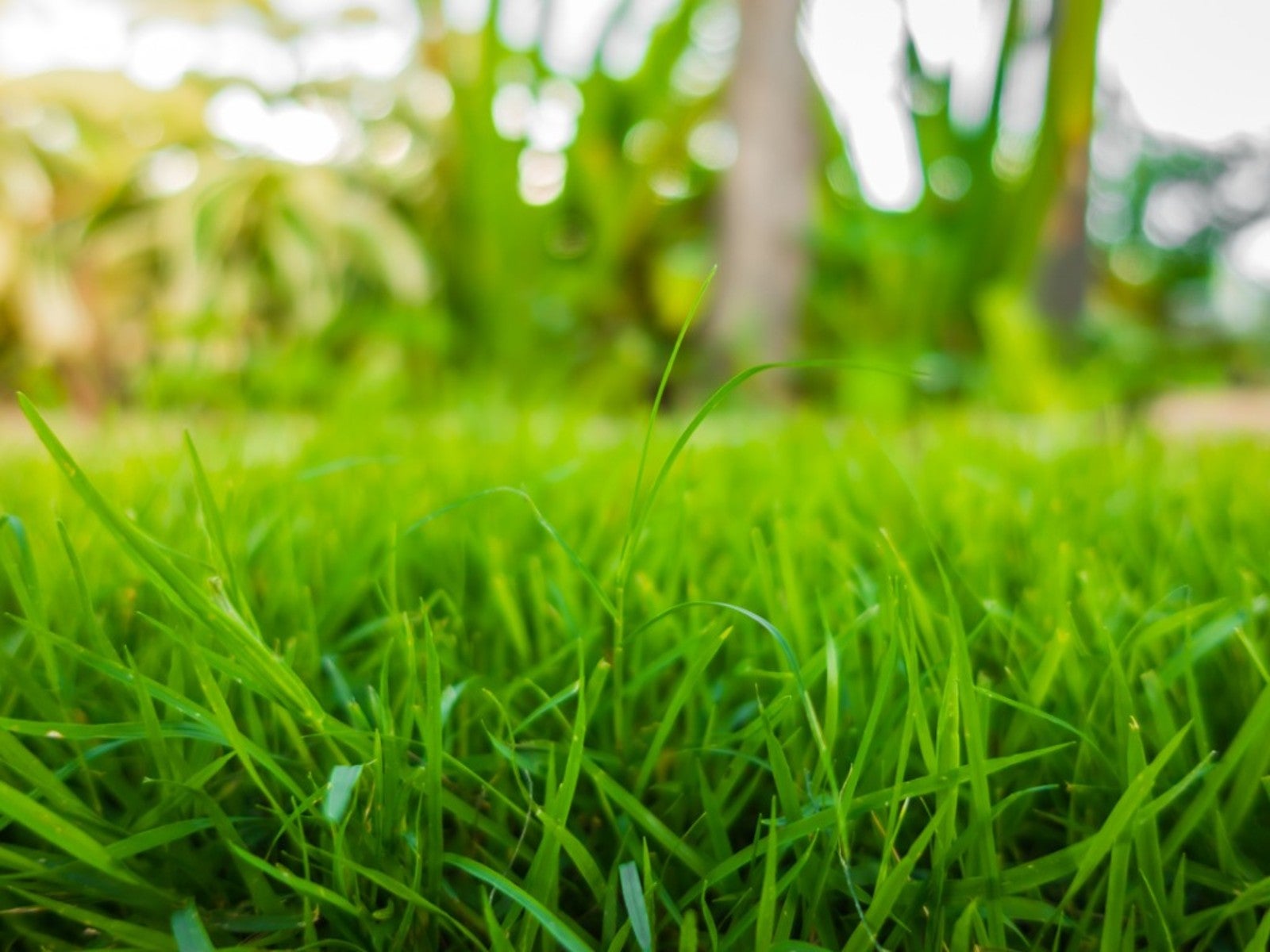 Sustainable Turf Species For A Greener Lawn
Sustainable Turf Species For A Greener LawnClick here for some of the most sustainable types of turf grass you can grow for an eco-friendly lawn.
By Bonnie L. Grant
-
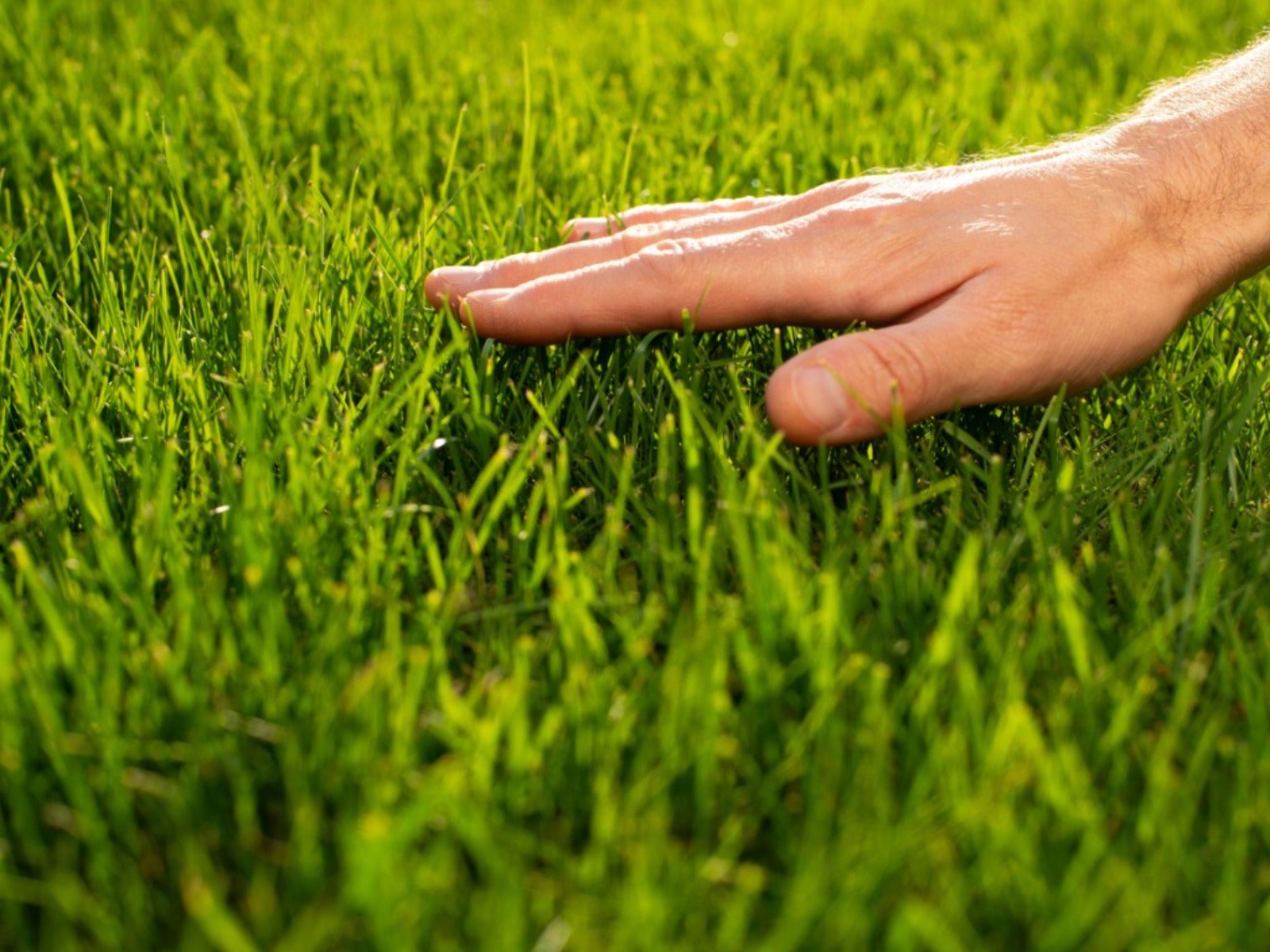 How To Grow A Sustainable Lawn
How To Grow A Sustainable LawnAdjust your thinking about a perfect green lawn and consider more sustainable methods. Click here to learn how.
By Mary Ellen Ellis
-
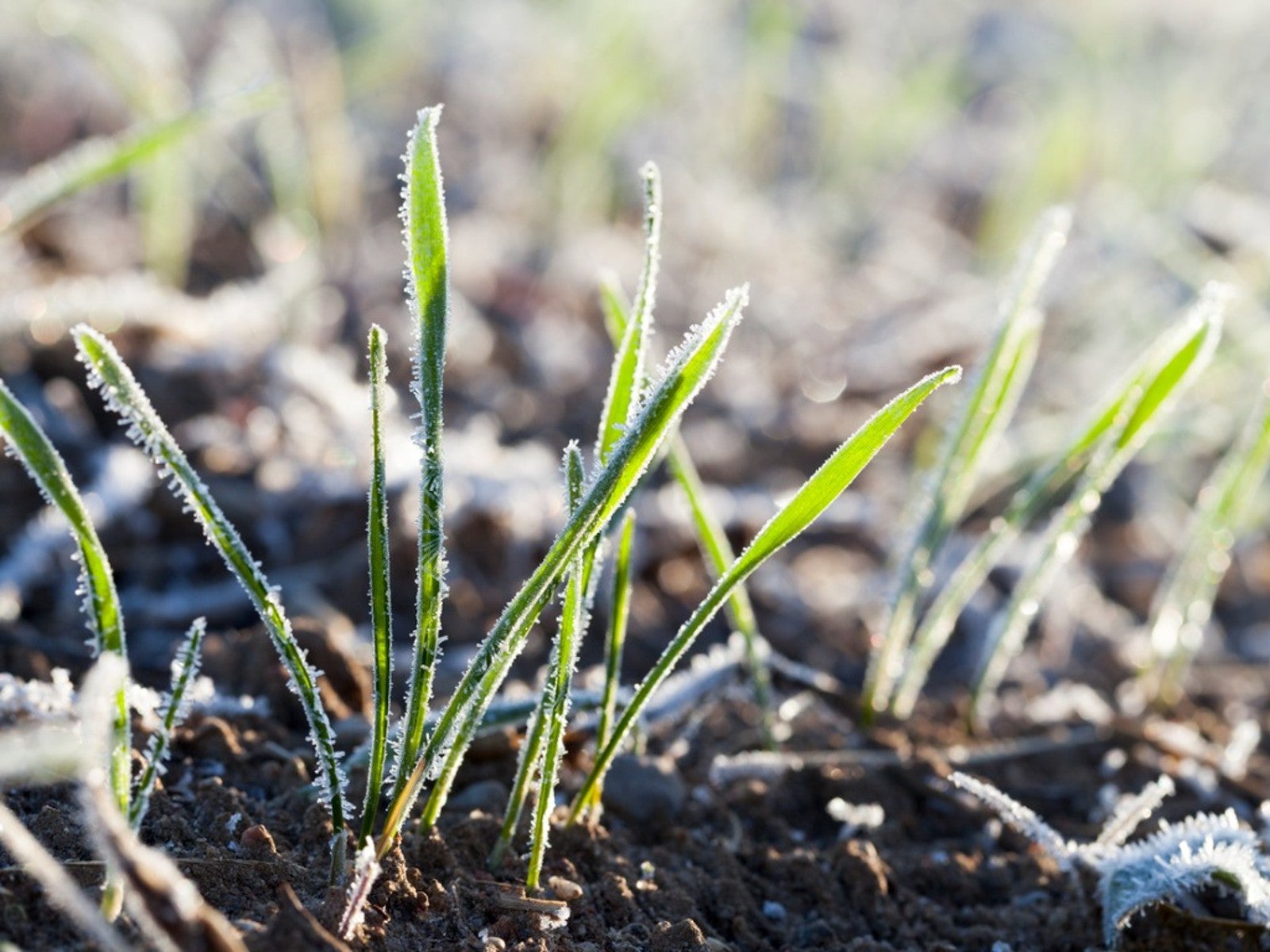 Will Frost Kill Grass Seed And How To Help New Turf Survive
Will Frost Kill Grass Seed And How To Help New Turf SurviveLearn how to help your newly sown grass survive frost and freezing weather.
By Amy Grant
-
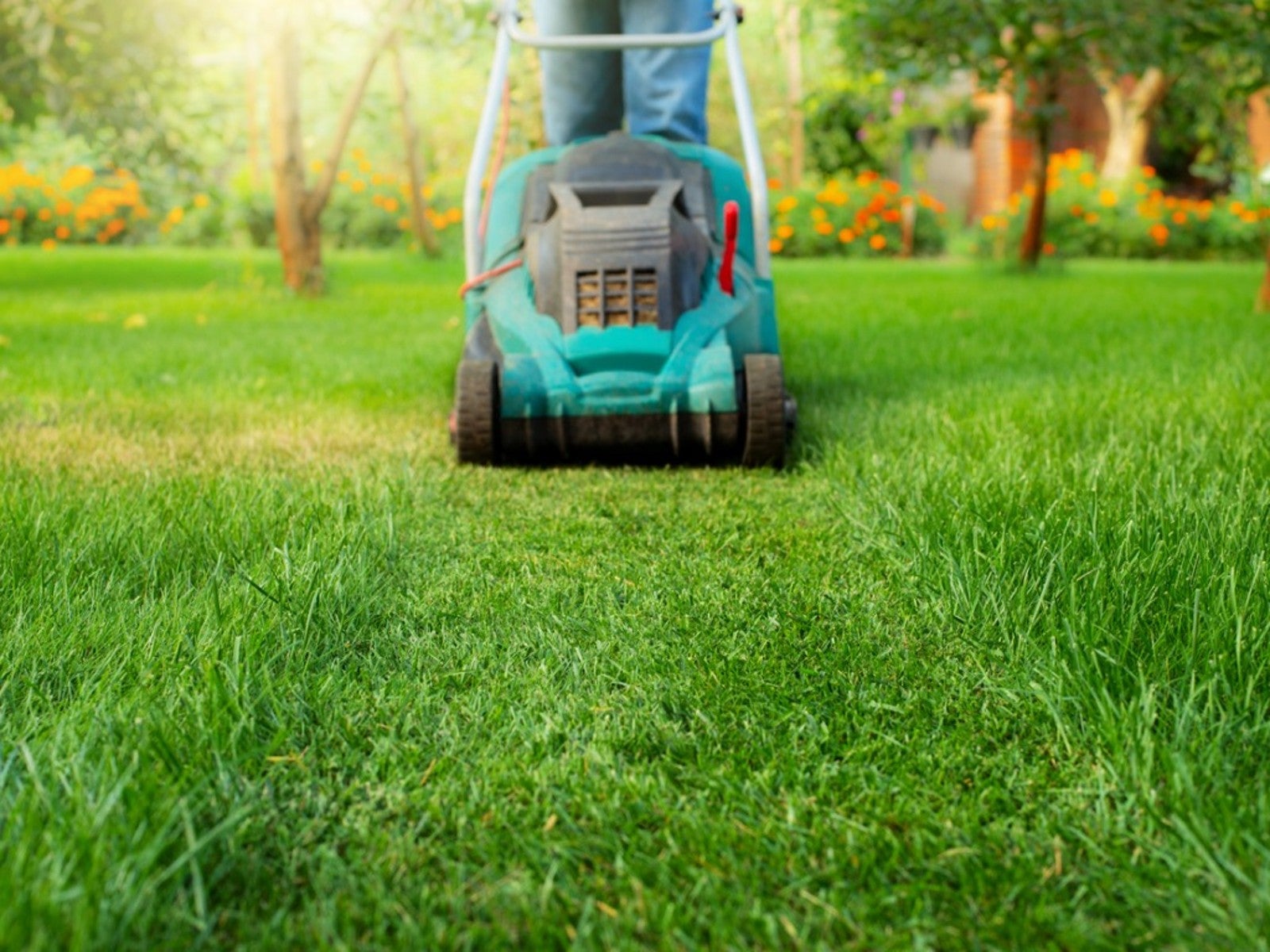 Lawn Problems That Aren’t Really Problems
Lawn Problems That Aren’t Really ProblemsYour lawn may not require as much work as you think. Learn which common problems aren’t really problems.
By Teo Spengler
-
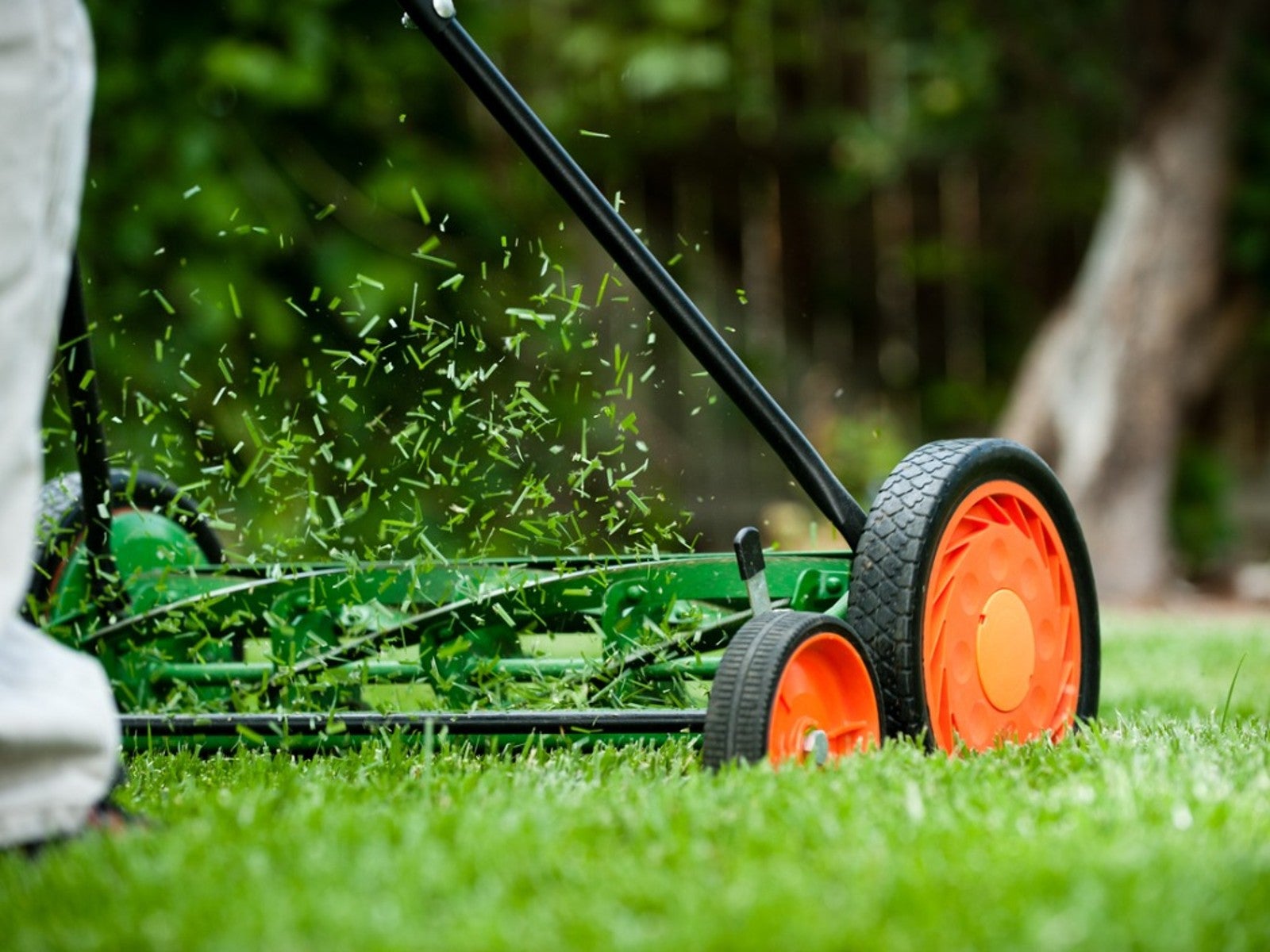 Why A Manual Push Mower Is Good For You And The Environment
Why A Manual Push Mower Is Good For You And The EnvironmentReel mowers are making a comeback, but why? Click here to learn about reel mower pros and cons.
By Amy Grant
-
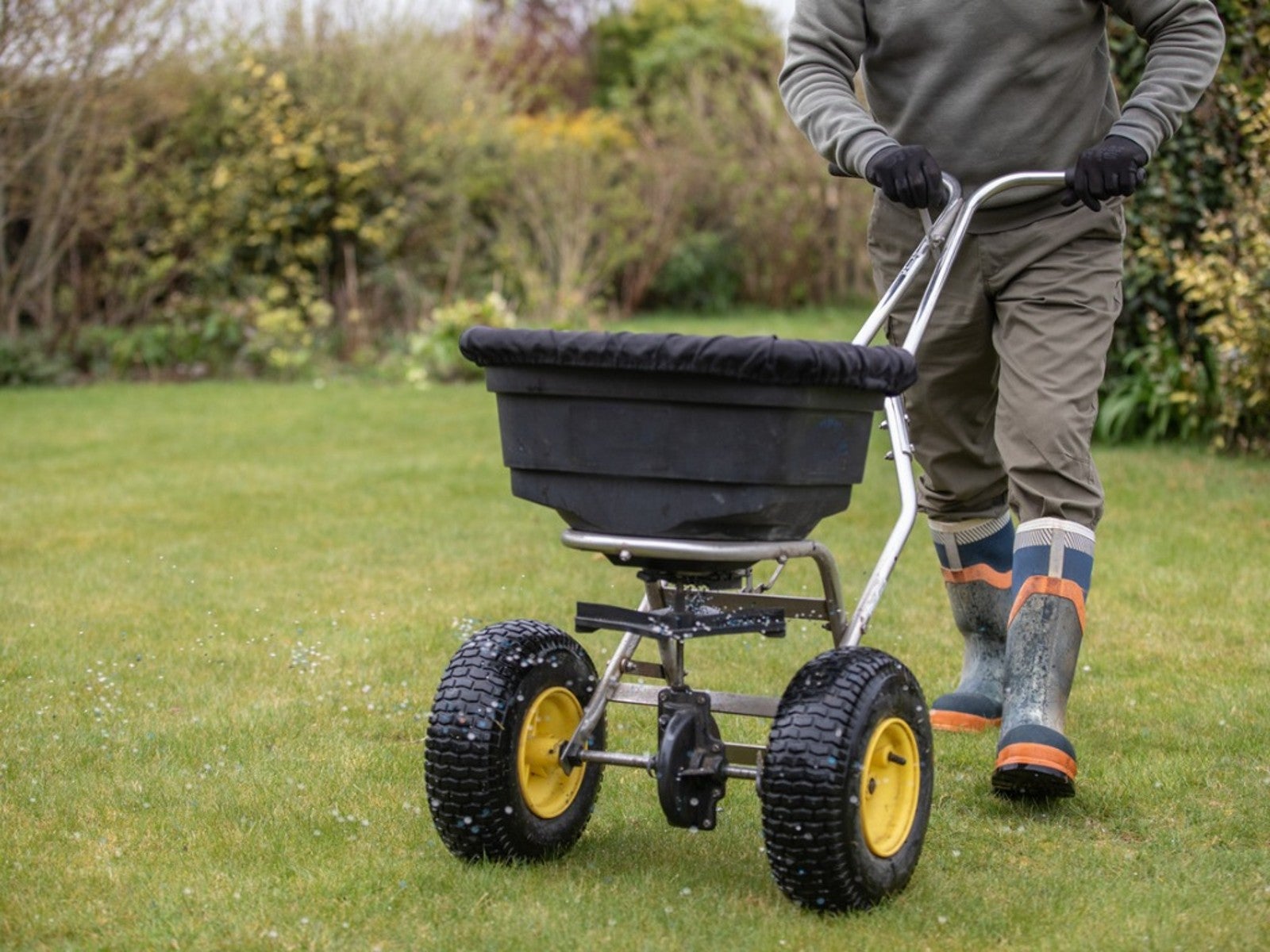 Fertilize Grass In Fall For A Lush Lawn In Spring
Fertilize Grass In Fall For A Lush Lawn In SpringFor everything you need to know about fertilizing your lawn in the fall, click here.
By Susan Albert
-
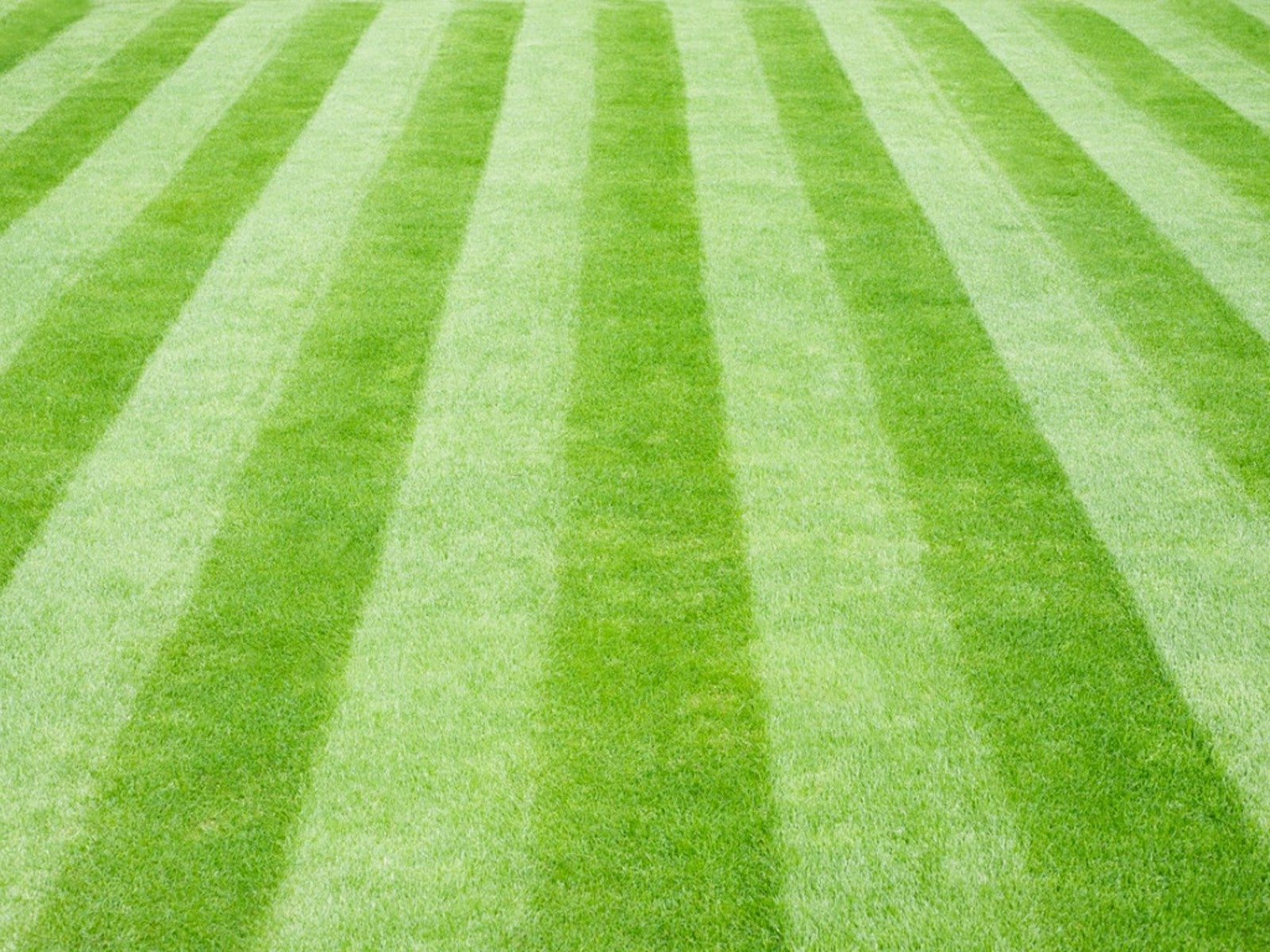 Tips For Mowing Stripes In Lawn
Tips For Mowing Stripes In LawnWouldn’t it be great to have stripes in your lawn like a sports field? Learn how here.
By Susan Albert
-
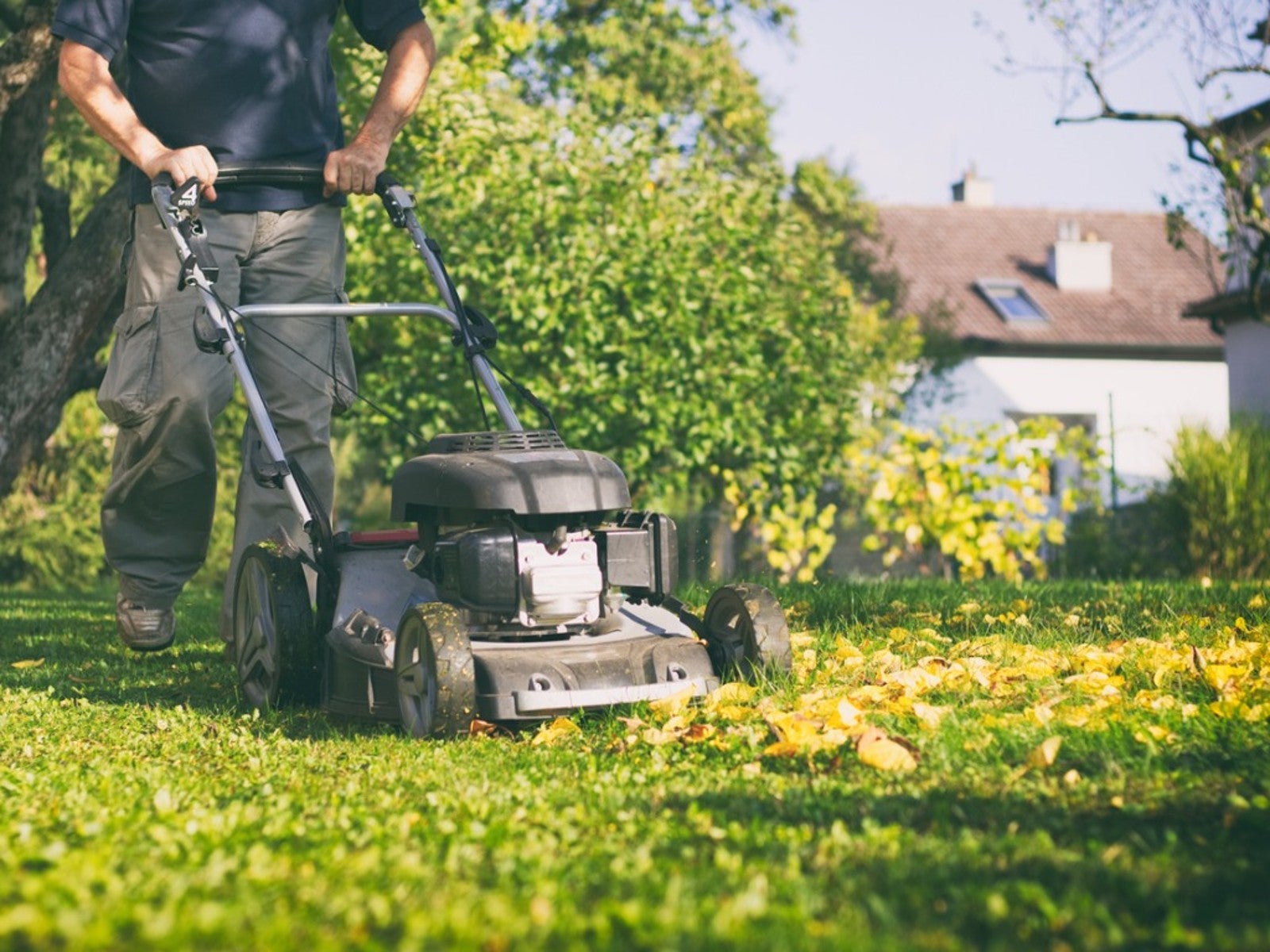 Late Summer Lawn Care Checklist
Late Summer Lawn Care ChecklistPlan to do some late summer care and maintenance of your lawn so it will be healthy and beautiful in the spring. Here are some tips.
By Laura Miller